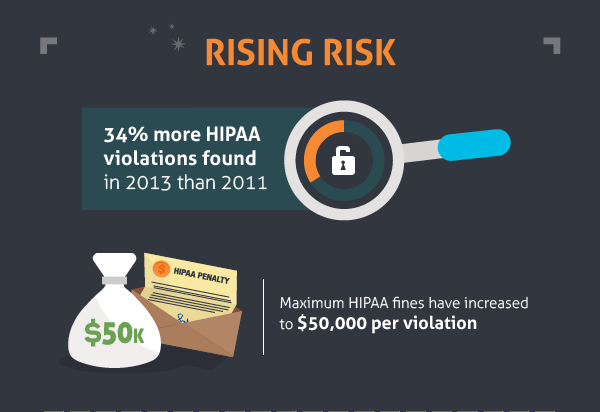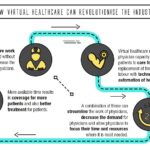In 1996 the Health Insurance Portability and Accountability Act (HIPAA) was established to protect workers and their families from the dangers of losing health insurance coverage. The act ensures insurance portability in a job loss or change, and promises the protection and security of private health information.
There have been several amendments to HIPAA since it was passed, including the designation of enforcement responsibilities. In 2006 the Enforcement Rule gave the US Department of Health and Human Services power to investigate any complaints in accordance to the Privacy and Security Rules, and to fine those who fail to comply with HIPAA.
Although effort to enforce the secure transfer of private health information is being made, a HIPAA compliance survey indicates that most providers are not taking these regulations seriously. In 2016 only 70 percent of health care organizations had a plan to become HIPAA compliant.
Looking to the future, it is important to monitor the security of the processes we use to exchange information electronically. As we settle into the technology era more companies are using email, texting, social media sites, and mobile phone applications to communicate with patients. Read more about how the future of communication will affect HIPAA compliance on this infographic.

With more and more use of cloud technology in healthcare, patient data is digitized and stored at the risk of loosing it all in the event of a major outage. While technology is making it easier to access knowledge, the future has to rely on the arrival of more robust systems. This infographic gives some interesting facts on how we should look at the future. Share this infographic with all your friends and leave your thoughts in the comments below.
Veronica Baas
Latest posts by Veronica Baas (see all)
- 5 Yoga Brands Ladies Love - December 10, 2017
- Vacationing on a budget: questions to answer before you go - August 6, 2017
- Looking to the Future: Electronic Communication in the Health Care System [Infographic] - July 3, 2017















